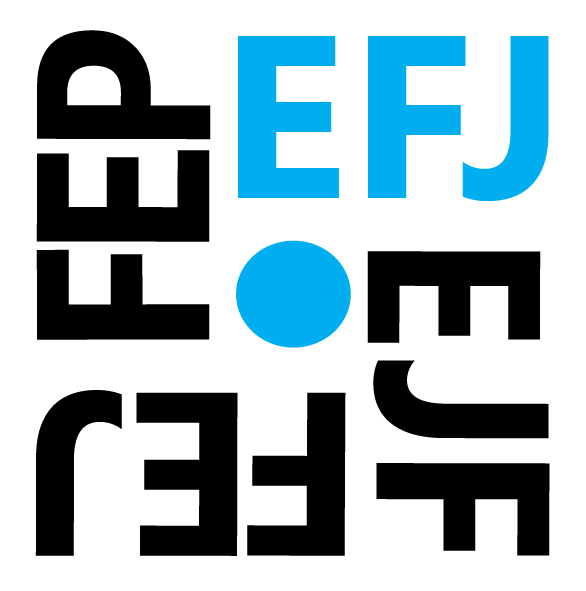STRASBOURG, 24.04.2017. – A survey based on a sample of 940 journalists reporting from the 47 Council of Europe member states and Belarus, shows that journalists in Europe are often exposed to serious unwarranted interference – including violence, fear and self-censorship.
Nearly a third of respondents (31%) had experienced physical assault over a period of three years. The most common interference, reported by 69% of the journalists, was psychological violence, including humiliation, intimidation, threats, slandering and smear campaigns. The second most common interference was cyberbullying, reported by 53%, mostly in the form of accusations of being partisan, personal attacks, public defamation and smear campaigns. Reports of intimidation from interest groups were the third most frequent interference mentioned (50%), followed by threats with force (46%), intimidation by political groups (43%), targeted surveillance (39%) and intimidation by the police (35%).
The study was commissioned by the Council of Europe, and carried out by experts Marilyn Clark and Anna Grech, from the University of Malta, with the support of the Association of European Journalists, the European Federation of Journalists, Index on Censorship, the International News Safety Institute and Reporters without Borders.
The survey was carried out between April and July 2016 via an anonymous online questionnaire in five languages among journalists mainly recruited from members of five major journalists´ and freedom of expression organisations. It aims to contribute evidence-based data to the debate on how to address threats to media freedom, which have experienced a significant increase in Europe in recent years.
For more information see here.








